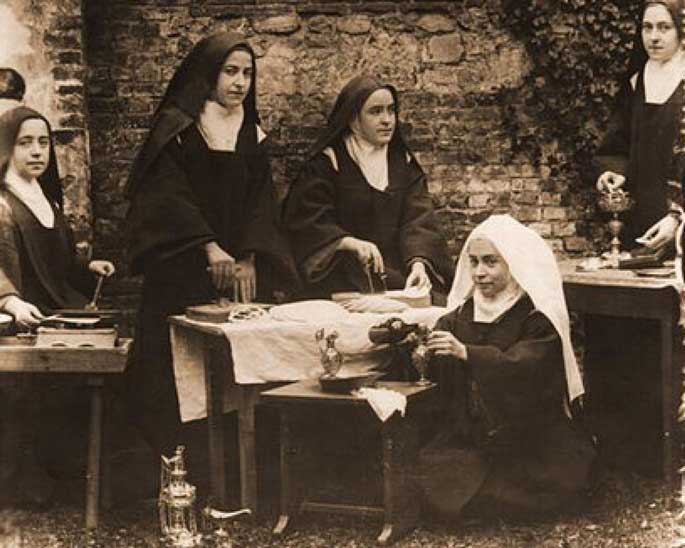
Altar bread moulds, known in Italian as “Ferri da cialde”, have a long tradition and a very ancient history.
In fact, the first evidence of stone moulds, such as the one found in Carthage, or terracotta or wood (such as the one kept in the Cleveland museum Note 1) date back to the 6th century and were used to give the Host that round shape St. Epiphanius spoke of them when he said “Hoc est enim rotundae formae”, and this was at the end of the IV century AD.
In the West, this rounded shape goes back to the fifth century, even if the host was much thicker than the one we use today. But the host would continue changing, becoming even smaller for worshippers and larger for the priest.
The first irons to create hosts for worshippers were created in the 11th century AD. They were smooth at first, before becoming more and more finely decorated Note 2.
These irons consisted of two discs that were approx. 20 cm in diameter each, connected by two long bars, which were used as a handle Note 3. The production of hosts was initially entrusted to monasteries, particularly male ones.
The oldest liturgical iron preserved in Italy dates back to 1132 and is kept at the Wine Museum of Torgiano in the province of Perugia (photo 1) Note 4. The second image (photo 2) shows the iron decorated with the crucifixion and the deposition. The third iron is very particular because it shows the Tao, which is the T-shaped cross assumed as a symbol of St. Francis. In fact, the origin of this iron is from the Sacred Convent of Assisi (photo 3). The fourth iron shows the trigram of San Bernardino da Siena, a decoration that was present throughout the period of the Counter-Reformation (photo 4).
In addition to these decorations, the main themes used for irons were sacrificial lambs, flagellation, and christograms, sometimes complete with XPS.
In the fifteenth century, the irons began to appear outside monastery walls and then became an instrument of daily use. In fact, the tradition of making altar bread and gifting host irons at weddings and baptisms became more profuse among richer families, and use at more secular occasions, such as the Carnival (a practice witnessed for example in the “Song of Cialdoni” by Lorenzo de’ Medici) also became more common Note 5.
Thus, hosts became actual treats and the irons then held not only a sacred meaning but also a profane one, with decorations of coats of arms (photo 5), monograms and greetings and mottos, including geometric-vegetable motifs.
It was particularly in Perugia that this tradition was developed, through the work of Francesco di Valeriano known as il Roscetto, a skilled goldsmith, silversmith and forger from Foligno. And it became so widespread that our forgers received important orders from the Medici of Florence, the Visconti of Milan, and all the way from the court of Francis I of France.
The most conspicuous collection is the one preserved at the MUVIT, the Wine Museum of Torgiano, which boasts over a hundred pieces, while the National gallery of Umbria is home to the second most important nucleus. There are also examples at the Bargello Museum in Florence, at Castello Sforzesco in Milan, and at Castello del Buonconsiglio in Trento. Further afield, they can also be found in London at the Victoria and Albert Museum, in Paris at Cluny Museum, at Musée d’Arts et Tradition Populaires in Marseille, and at the Karlovy city museum in Bohemia.
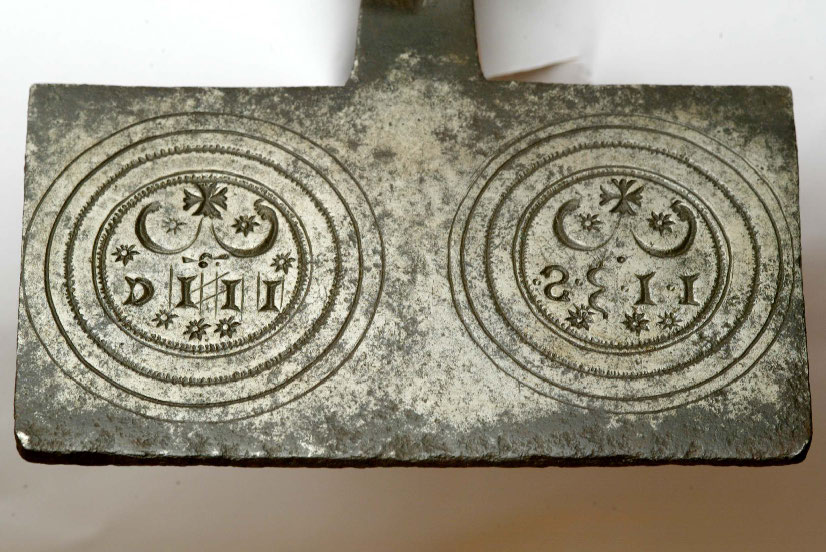
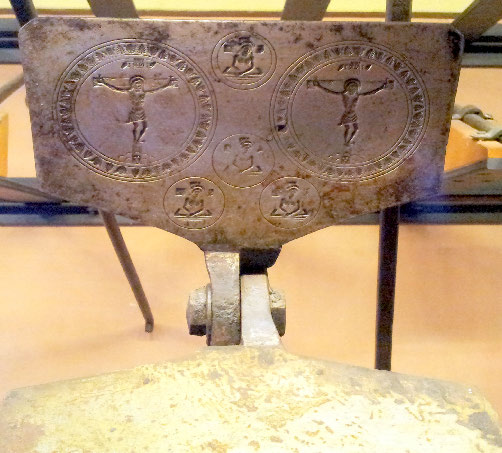
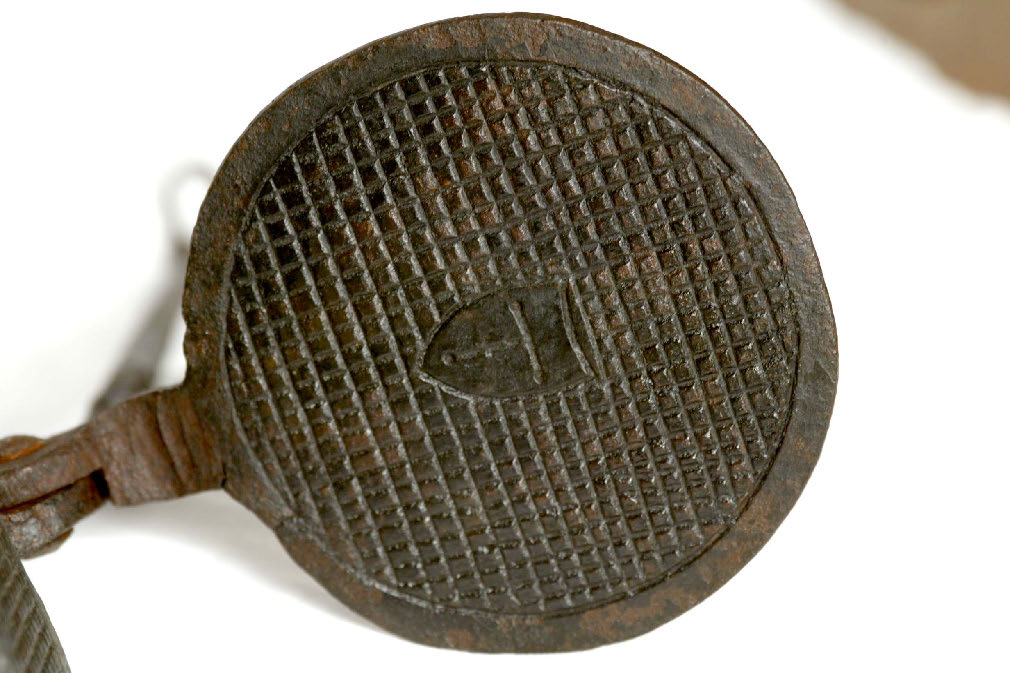
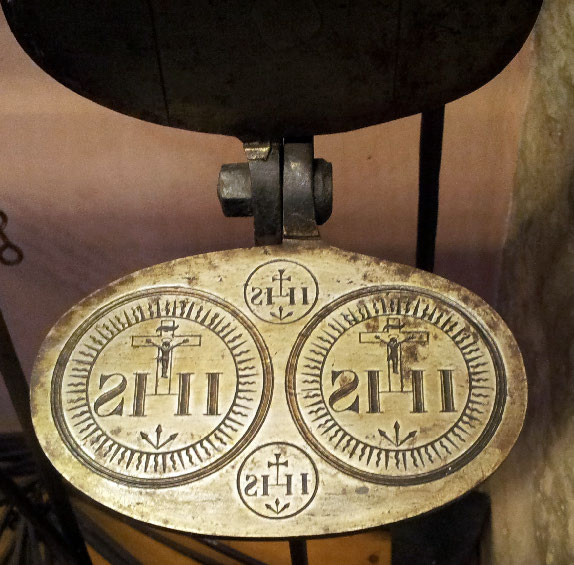
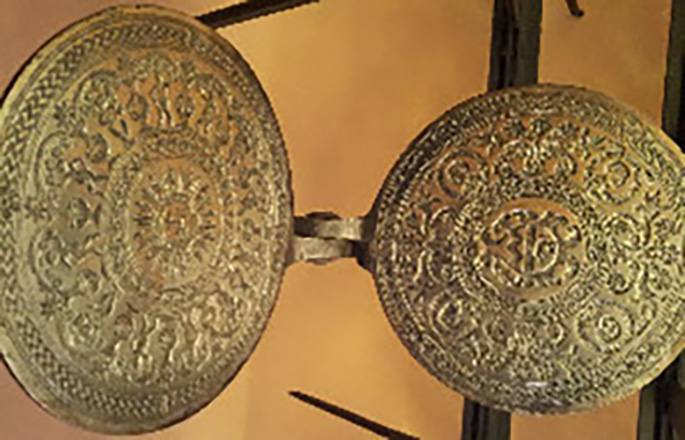
Note
1 http://www.clevelandart.org/art/1951.152
“It was a common early Christian practice to print images and inscriptions in loaves of bread using special moulds. Representing the Church of the Holy Sepulcher on Mount Golgotha – the hill outside Jerusalem on which Christ was crucified and buried – this wooden mould was probably used to print loaves distributed to pilgrims visiting Jerusalem, in commemoration of their journey.”
2 “A Brief History of the Host and the Eucharist” by Diego Gulizia https://www.academia.edu/5357807/Breve_storia_dellostia_e_dellEucarestia
3 Description of correspondence Terenzi – Lungarotti, “Lungarotti Foundation Onlus, Torgiano (PG)”.
4 For Giovanni Ranieri Fascetti, the dating would actually be later, see “altar breads and wine” Mystery and tradition of a European sweet, Pisa, C.L.D. Libri S.r.l, 2005, pp. 60-63
5 Lorenzo de’ Medici, Works by Tiziano Zanato, Einaudi, Turin, 1992
